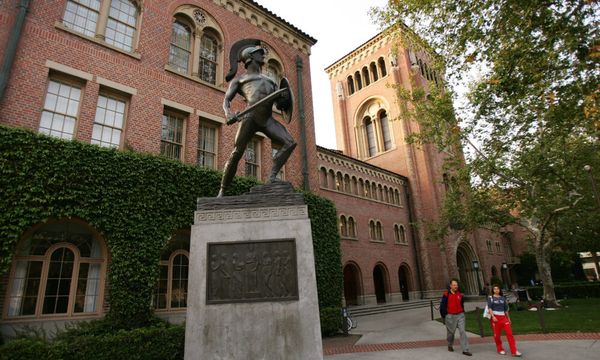
Governments across Europe are preparing for gas shortages this winter and are running public information campaigns to try to reduce consumption. In Germany, the spotlights on public monuments have been switched off and showers have gone cold at municipal pools and sports halls.
Amid concerns that Russia could turn off the flow of gas into Europe, having already reduced supplies to the continent by 75%, the EU has asked member states to cut usage by 15% and Germany has gone further, targeting a 20% cut to avoid winter shortages.
Various methods have been floated to reduce energy consumption, from asking the public to take shorter showers in Hamburg to the new motto developed in the Netherlands, “zet de knop om”, or “turn the knob down” on heating.
In the UK, ministers seem set against any such intervention, with a Downing Street spokesperson saying on Monday that consumption of gas and electricity was a “decision for individuals”. Civil servants have raised the option of asking the public to cut back on energy use, but the business secretary, Kwasi Kwarteng, who is likely to be the next chancellor if Liz Truss is chosen as prime minister, is reportedly against the idea.
The UK is less reliant than the continent on Russian gas, but there are growing concerns over blackouts if Vladimir Putin cuts supplies to zero. A study by the City analysts Bernstein using data gathered by Cambridge Architectural Research for the government examined the options that could make the biggest difference, cutting gas usage by nearly a third in a best-case scenario. Here, we examine the measures.
1. Turning down the thermostat by a degree, from 20C to 19C (estimated gas consumption saving: 7%)
Gas demand doubles in the winter as households turn on the heating. About 80% of household gas demand comes from heating space, with the remaining 20% used in hot water and cooking. The International Energy Agency has said that if Europeans turned down their thermostats by a degree it would save significant amounts of gas and drastically reduce the need for Russian imports.
2. Turn down the thermostat by a further degree, to 18C (estimated gas consumption saving: 7%)
A more bullish public information campaign may encourage consumers to go further. Pujarini Ghosh, a senior research associate at Bernstein, said: “Some people are already taking measures to limit their energy use to save money on bills. A public information campaign could make this more widespread. Turning down the thermostat and turning off the heating in unoccupied rooms could be effective and easy to implement.”
3. Wear a thick jumper at home (estimated gas consumption saving: 4%)
Researchers estimated that wearing a warmer garment could encourage people to notch down the thermostat by between 0.5C and 2C, though they admit there is limited research on how wearing extra layers affects people’s perception of temperature and whether they then turn the heating down.
Any direct government advice on this could risk a backlash akin to that experienced by energy companies last year, when tips to keep warm such as cuddling pets and doing laps of the house were widely condemned. Robert Buckley, of the consultancy Cornwall Insight, said: “A campaign would have to be done sensitively. We have seen suppliers be pilloried for being patronising. If it’s a government campaign, it should explain the global insecurity in the market that is behind the need to cut usage.”
4. Delay turning the heating on and turn it off earlier next year (estimated gas consumption saving: 3-6%)
Many households switch the radiators on as they turn their calendars from September to October. But delaying putting the central heating on by a month until November, and switching it off early in February rather than in March, could make a dent in national consumption. However, researchers caution that heating demand in October and March is still relatively low compared with in peak winter months.
5. Install a water-efficient shower head and limit boiler usage(estimated gas consumption saving: 4%)
More efficient shower heads can reduce water consumption and gas usage – heating water accounts for about 20% of household gas consumption. “Low flow” shower heads are estimated to reduce water consumption by about 40%. Limiting boiler usage to twice a day can also help.
6. Turn off heating in unused rooms (estimated gas consumption saving: 3%)
Bernstein researchers based their calculations on an average household size of 2.4 people, with 2.7 bedrooms. In their analysis, they argue that leaves at least one room vacant at any time. If consumers are savvy about which rooms they use and when, and use the radiator valves to turn the heating off, they can cut energy usage significantly.







